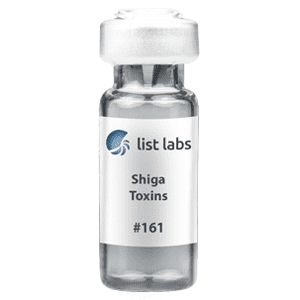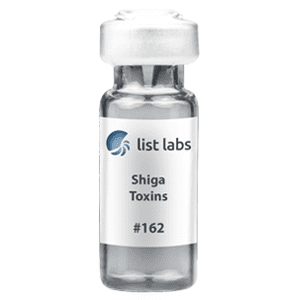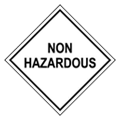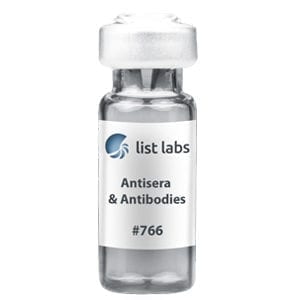Have a specific question about your LBP project? Click below and let’s get started.
Shiga Toxins
Buy Shiga Toxins
- Products
- Information
- Related Citations
- Related Blog
#161 (10 ug)
$630.00
#162L (Liquid)
$1,000.00
List Labs
540 Division Street
Campbell, California
List Biotherapeutics
9800 Crosspoint BIvd Suite 2011
Indianapolis, IN 46256, USA


- © 2026 List Biological Labs, Inc
- Privacy Policy
- Terms of Use
- Cookie Preferences








